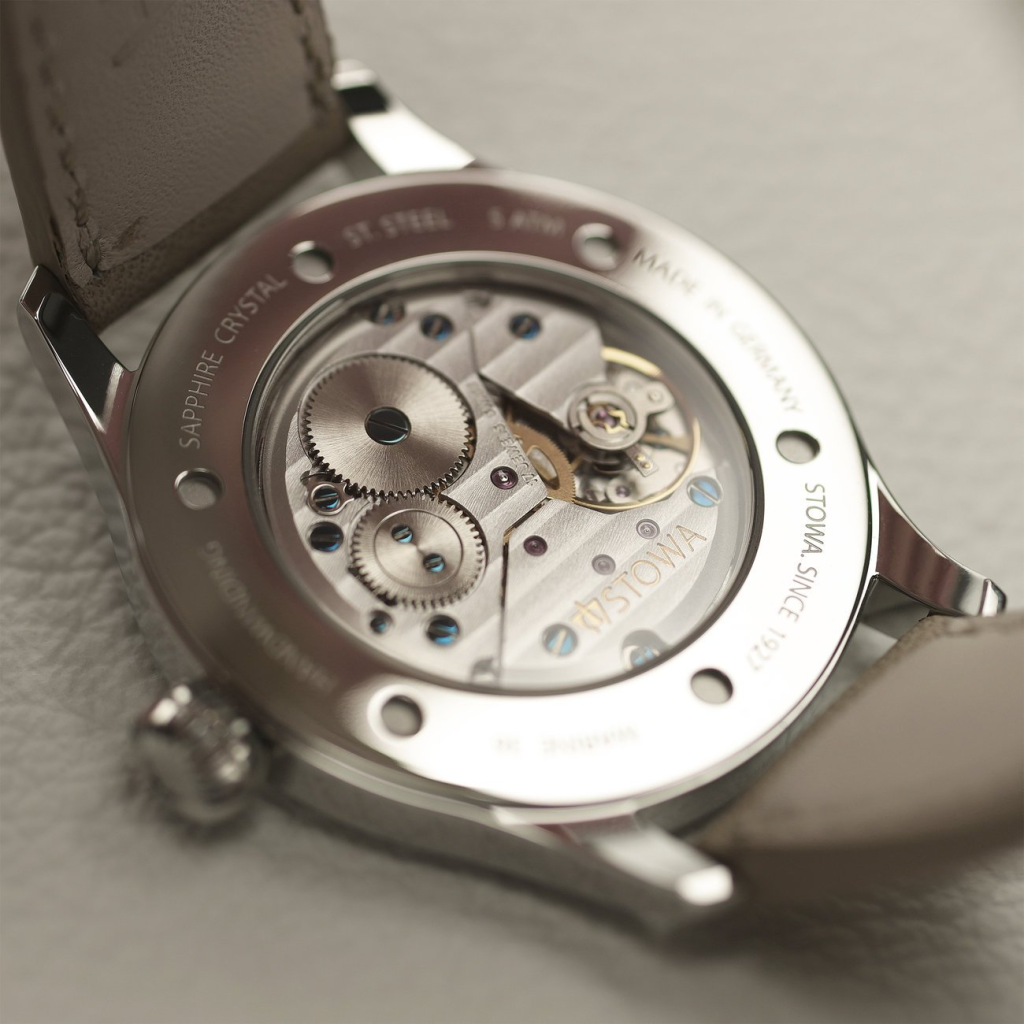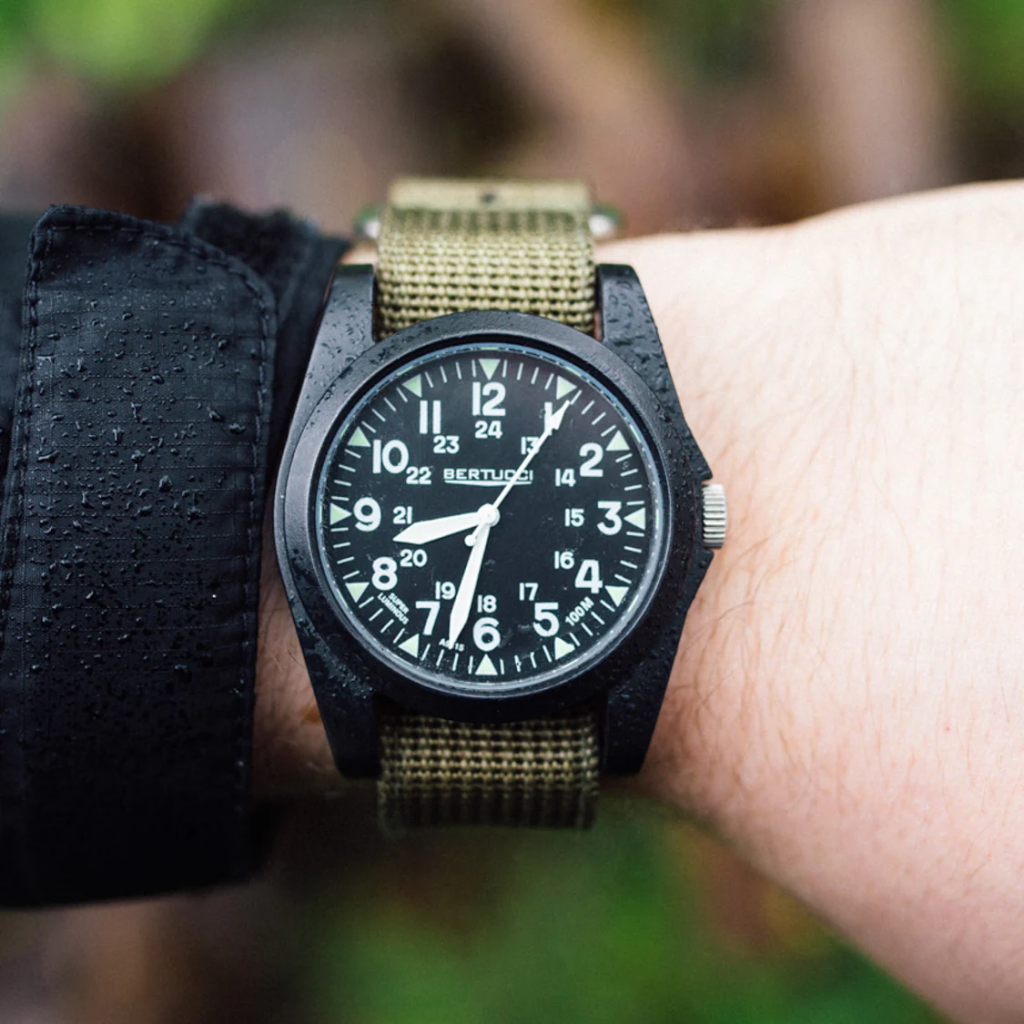
Introduction:
Hand-wound watches exude a distinct allure, harkening back to the essence of traditional craftsmanship and precision horology. As a testament to the revered artistry of watchmaking, hand-wind timepieces hold a captivating blend of elegance, mechanical ingenuity, and timeless appeal. In this comprehensive guide, we explore the legacy and intricacies of hand wind watches, delving into their craftsmanship, historical significance, and enduring charm within the world of horology.
Part 1: Embracing the Legacy of Hand-Wind Watches
Level 1: Historical Significance
Hand-wound watches, also known as manual-wind watches, trace their origins to the early era of timekeeping, embodying a rich history that spans centuries of horological innovation. From the remarkable advancements in mechanical movements to the timeless designs that have adorned the wrists of generations, hand-wind watches epitomize a legacy steeped in tradition and an unwavering commitment to the art of fine watchmaking.
Level 2: Return to Craftsmanship
Embracing hand-wound watches signifies a return to the foundational principles of craftsmanship and attention to detail. These timepieces are meticulously assembled by skilled artisans, employing time-honored techniques to create intricate movements and meticulously finished components. The act of hand-winding a watch echoes a connection to the artistry and labor that goes into the creation of each timepiece, inviting wearers to partake in the ritual of caring for and appreciating a mechanical marvel.

Part 2: Understanding the Craftsmanship of Hand-Wound Movements
Level 1: Mechanical Artistry
The heart of a hand-wound watch resides in its mechanical movement, where an intricate network of gears, springs, and escapements work in harmonious precision to measure time. The craftsmanship of hand-wound movements signifies an unparalleled dedication to precision engineering and a mastery of micro-mechanical construction, resulting in timepieces that are not only functional but also imbued with an inherent beauty and complexity.
Level 2: Artisanal Assembly
Hand-wound movements are often crafted with meticulous care, as skilled watchmakers painstakingly assemble each component by hand, meticulously ensuring their alignment, functionality, and performance. This artisanal approach to movement assembly elevates hand-wound watches to the realm of haute horlogerie, imparting an aura of exclusivity and heritage that celebrates the artistry and expertise of the watchmaking tradition.
Part 3: Appreciating the Design Aesthetics of Hand-Wind Watches
Level 1: Timeless Elegance
The design of hand-wound watches often reflects a timeless elegance, characterized by graceful lines, understated dials, and refined details that exude a sense of sophistication. Whether adorned with minimalist indices or intricate guilloché patterns, hand-wind timepieces embody a classic aesthetic that transcends fleeting trends, remaining as enduring symbols of timeless style and refined taste.
Level 2: Exquisite Case and Dial Finishes
Hand-wound watches are frequently celebrated for their exquisite case and dial finishes, showcasing meticulous polishing, intricate engravings, and captivating textures. From the luster of meticulously polished stainless steel to the warmth of intricately crafted precious metals, the attention to detail in the finishes of hand-wind watches conveys a sense of artistry and craftsmanship that elevates these timepieces to wearable works of art.

Part 4: Nurturing the Tradition of Hand-Wind Watches
Level 1: Ritual of Hand-Winding
The act of hand-winding a watch embodies a tactile and sensory connection to the timepiece, engaging the wearer in a daily ritual that reinforces an appreciation for the mechanics and craftsmanship of the watch. This tactile engagement with the timepiece fosters a tangible bond between the wearer and their watch, instilling a sense of mindfulness and connection to the underlying art of horology.
Level 2: Preservation of Heritage
By choosing hand-wound watches, enthusiasts actively contribute to the preservation of horological heritage, sustaining the legacy of mechanical timekeeping, and ensuring the continued relevance of traditional watchmaking techniques. Their appreciation for the meticulous handcraftsmanship inherent in these timepieces lays the foundation for the perpetuation of a tradition that transcends generations, safeguarding the art of hand-wind watches for posterity.
Part 5: Caring for Hand-Wind Watches
Level 1: Regular Maintenance
Hand-wind watches require regular maintenance to ensure their optimal performance and longevity. This includes periodic servicing by a qualified watchmaker who can clean, lubricate, and regulate the movement, ensuring that it continues to operate smoothly and accurately. By adhering to a maintenance schedule, owners can preserve the precision and reliability of their hand-wind watches, safeguarding their investment for years to come.
Level 2: Proper Winding Techniques
Understanding the proper winding techniques is crucial for the care of hand-wind watches. Overwinding can damage the delicate internal components, while under-winding can result in inaccurate timekeeping. Owners should familiarize themselves with the recommended number of turns and the resistance of the winding mechanism to achieve the ideal balance, ensuring that the watch is wound adequately without exerting excessive force.

Part 6: The Timeless Appeal of Hand-Wind Watches
Level 1: A Sensory Experience
Wearing a hand-wind watch is a sensory experience that adds a layer of connection and appreciation for the passing of time. The tactile sensation of winding the watch, feeling the gears engage, and observing the rhythmic movement of the balance wheel creates a unique bond between the wearer and their timepiece. This sensory engagement enhances the overall experience of wearing a hand-wind watch, making each interaction with the timepiece a moment to savor.
Level 2: A Symbol of Craftsmanship
Hand-wind watches stand as symbols of exquisite craftsmanship and the enduring beauty of mechanical precision. Possessing a hand-wind watch is a statement of appreciation for the artistry and dedication embedded in the creation of these timepieces. The intricate movements, meticulous assembly, and attention to detail showcase the mastery of watchmaking, elevating hand-wind watches to more than just timekeeping devices – they become symbols of time-honored craftsmanship and enduring elegance.

Conclusion:
Hand-wind watches continue to captivate watch enthusiasts and connoisseurs with their rich history, meticulous craftsmanship, timeless design, and enduring appeal. These timepieces serve as reminders of the artistry and tradition of mechanical watches, requiring the wearer to actively engage with the ritual of winding and caring for their timepiece. By understanding and embracing this legacy, owners of hand-wind watches become custodians of horological heritage, perpetuating a tradition that celebrates the beauty and precision of manual watchmaking. As time passes, hand-wind watches remain steadfast in their ability to transcend trends and stand as timeless symbols of elegance and craftsmanship in the world of horology.
In conclusion, the allure of hand wind watches resides in their storied legacy, meticulous craftsmanship, and timeless elegance. As wearers adorn these timepieces, they not only embrace a connection to the rich history of horology but also become custodians of an enduring tradition of mechanical artistry. By understanding and appreciating the craftsmanship, design, and ritual of hand-wound watches, enthusiasts can chart a course for the preservation and celebration of an age-old legacy that remains as relevant and captivating today as it was centuries ago.